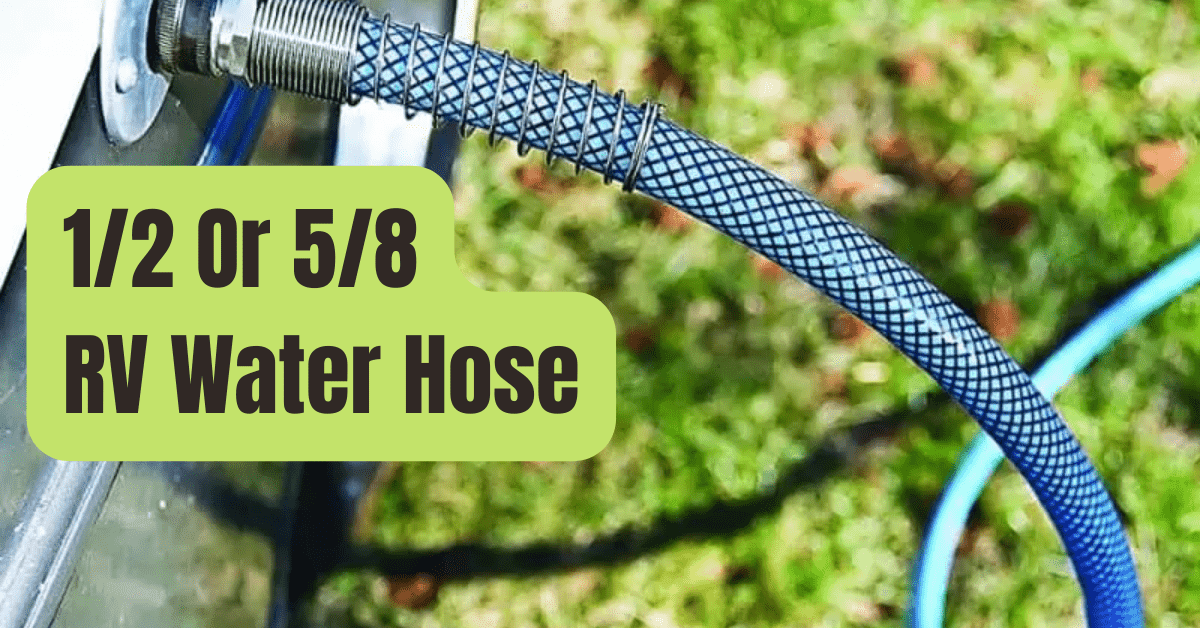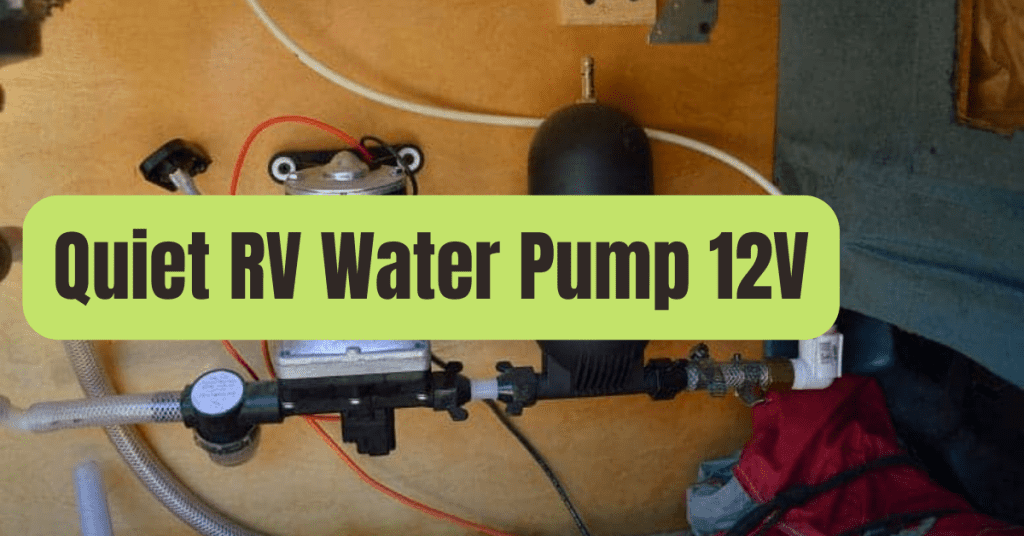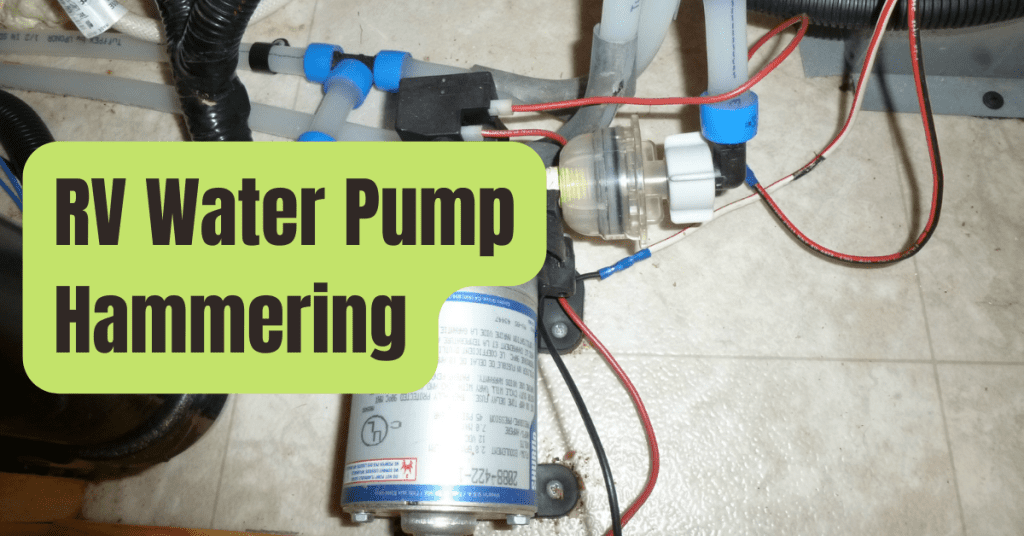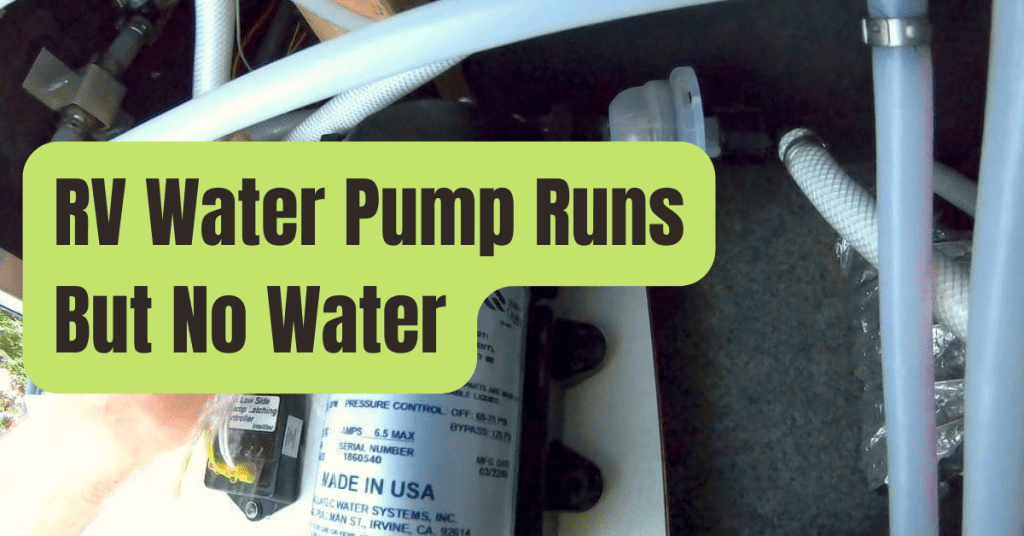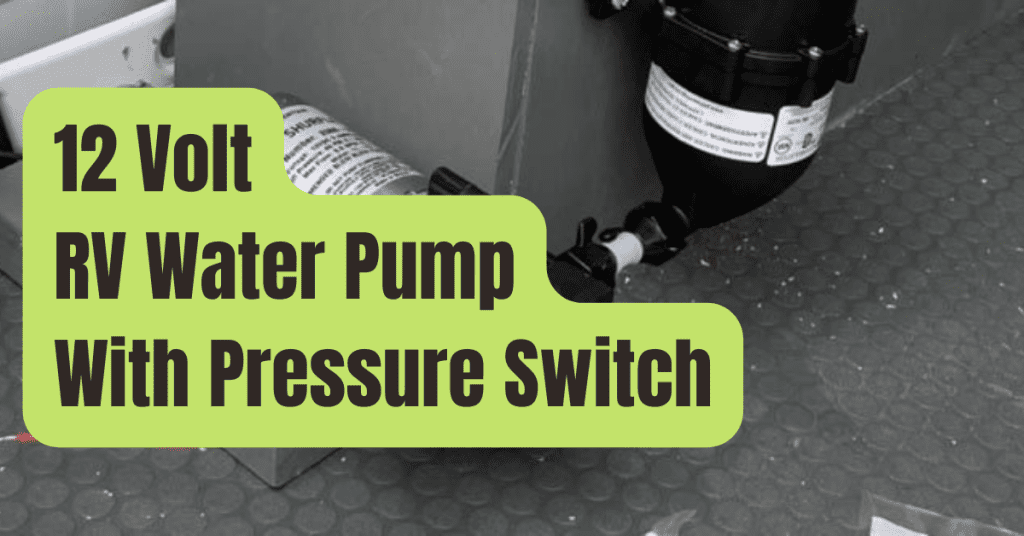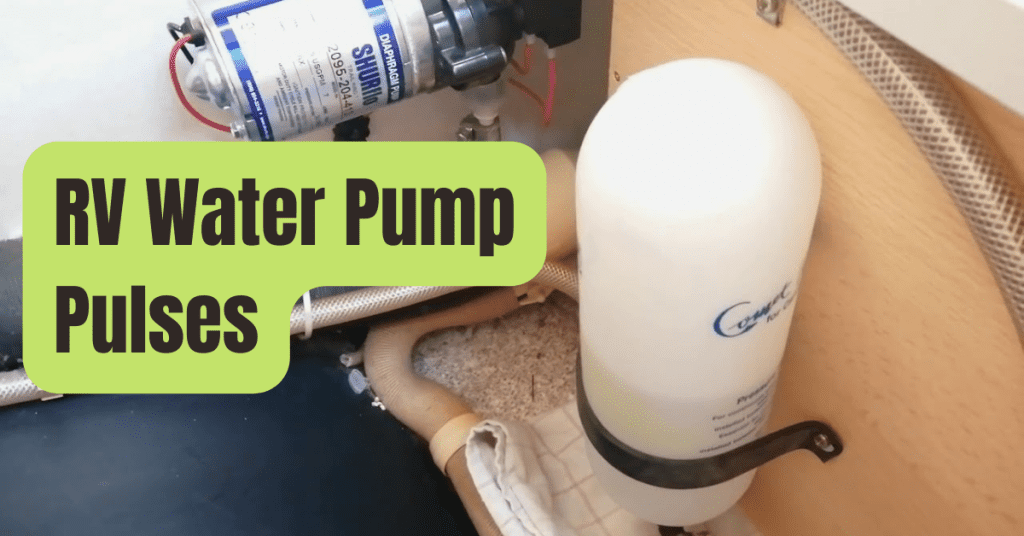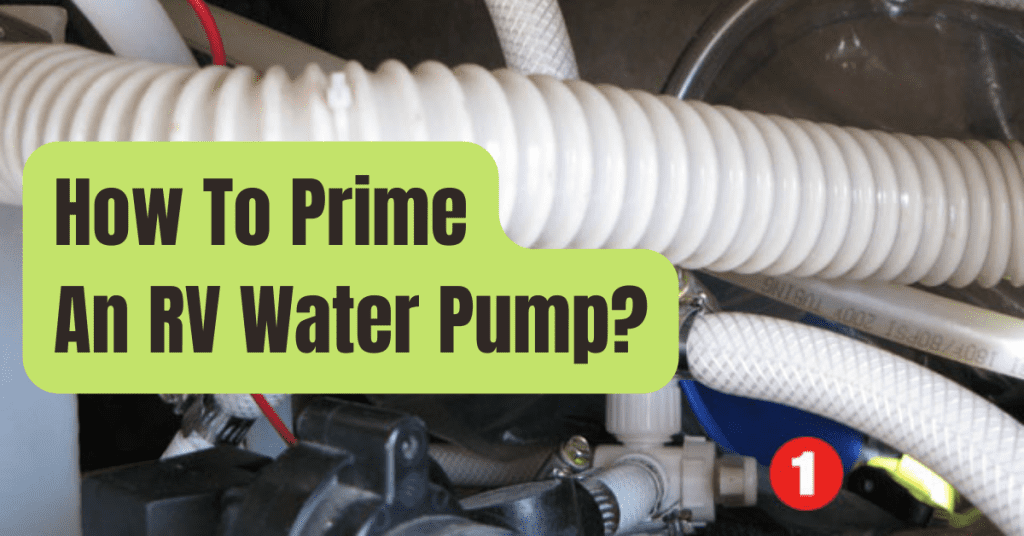Before making a purchase, you should think about a number of factors when selecting the best RV water hose, including its length, structure, and material of construction.
However, the diameter of the hose is an important consideration that is sometimes ignored.
It’s not true that all RV potable water hoses have the same diameter, despite what you would think.
Since RV water hoses may have a diameter of either 1/2 inch or 5/8 inch.
This may affect both the hose’s general performance and its flow rate, which is expressed in gallons per minute (GPM).
Which RV water hose should you purchase, 1/2 or 5/8 inch?
Most RV applications only need a 1/2-inch water hose, but for bigger RVs or if you’re utilizing a longer water line, it’s usually advisable to upgrade to a 5/8-inch water hose.
Because doing so will guarantee a satisfactory flow rate for all of your RV’s water requirements.
Continue reading if you want more information on why a 5/8-inch RV water line is preferable than a 1/2-inch RV water hose.
In addition to highlighting numerous other crucial elements that might influence flow rate and water pressure below, we will particularly demonstrate how RV hose diameter and length can effect flow rate.
We also provide a number of suggestions for enhancing an RV’s water pressure and/or flow rate.
How Hose Length and Diameter Affect Flow Rate
One of the key elements that will determine a hose’s flow rate—a measure of how quickly water moves through the hose—is its diameter.
Additionally, the flow rate tends to increase with increasing diameter as a general rule.
The table below illustrates the various possible flow rates for an RV water hose based on its size and length.
Water Flow Rate in an RV
| RV Hose Diameter | RV Hose Length | Flow Rate |
|---|---|---|
| 1/2″ | 25′ | 9.5 GPM |
| 5/8″ | 25′ | 9.8 GPM |
| 1/2″ | 50′ | 8.5 GPM |
| 5/8″ | 50′ | 9.5 GPM |
| 1/2″ | 100′ | 7.5 GPM |
| 5/8″ | 100′ | 8.5 GPM |
Based on a 10 GPM open spigot with a 50 PSI pressure
But as the above table shows, hose diameter is just one factor that influences flow rate.
Since hose length also significantly affects flow rate, longer hoses provide greater resistance, which eventually lowers flow rate.
A lengthy hose will thus provide a lower flow rate, whilst a short hose will provide a greater flow rate.
As a result, in order to optimize flow rate, it is often better to use a broader 5/8 inch RV hose in the shortest length available.
Additional Elements that May Impact Flow Rate and Water Pressure Inside an RV

While an RV water hose’s diameter and length are two of the key elements that influence water pressure and flow rate.
In addition, there are a number of additional possible reasons for decreased water pressure and flow rate within an RV, which we’ve mentioned below.
#1. Household Or In-Line Water Filters That Are Partially Or Completely Blocked
If your RV has a built-in water filter or an in-line filter connected to the water hose, it’s likely that these might clog up over time and start to impede the flow of water if the filters are not replaced often.
#2. Low Water Pressure Coming From The City Water Supply Or A Well
The municipality normally controls the water pressure for residential water service if you are connected to a city water supply.
Typically, the municipality will set the PSI to be between 40 and 80 psi.
Therefore, if you’re experiencing water pressure below this, there could be a problem with the city’s water supply.
Depending on where you live, this typically varies from 40 to 60 psi if you have access to well water.
So if you’re seeing water pressure below this, it might be due to a problem with the well water supply or pump.
#3. RV Water Pump Not Functioning Correctly
When utilizing your RV’s fresh water tank without a municipal water connection and noticing low water pressure, your water pump may be malfunctioning.
#4. Frozen Or Partially Frosted RV Water Lines
It’s conceivable that the water hose going to your RV has frozen (the best case scenario) or that the water lines within the RV have frozen if you’re experiencing poor water pressure or flow rate inside and it’s below freezing outside (worst case scenario).
#5. In-Line RV Water Pressure Regulator Inadequately Set
If the flow rate or water pressure inside the RV is lower than usual and you have an in-line water pressure regulator connected to the water hose, it’s probable that the regulator has to be changed since it is not properly set.
#6. Corroded or Dirty Fittings
Additionally, flow rate and water pressure may be reduced by a corroded or dirty fitting on an RV water line or on the RV itself.
How to Increase RV Water Flow Rate

There are a few things you may do to attempt to enhance the flow rate inside your RV if you’re not satisfied with it.
#1. Use A 5/8-Inch Wider RV Water Hose.
Making the switch from a 1/2 inch to a 5/8 inch diameter hose is among the simplest methods to increase the water flow rate inside an RV.
#2. Shorten The RV Water Hose.
A shorter RV water line may not always be an option, depending on how the park or campsite is hooked up.
A 10 or 25-foot RV water pipe would be great for better flow rate.
Try to utilize the shortest RV water pipe you can.
#3. Utilize a Flexible In-Line Water Pressure Regulator.
We advise utilizing an adjustable in-line water pressure regulator, such as this well-liked one on Amazon, if you don’t already have one.
As a result, regardless of changes in the water pressure from the campground or municipal supply, the water pressure inside your RV will be maintained at a constant level.
Additionally, it will assist safeguard the fixtures and piping in your RV from any harm brought on by an excessively high pressure.
Best RV Water Hoses, 5/8″
Following our discussion of some of the benefits of using a 5/8-inch RV water line, let’s look at five of the greatest ones.
#1. Camco EvoFlex Super Flexible Drinking Water Hose

Verify Amazon’s price
- Diameter: 5/8″
- Available Lengths: 4′, 10′, 25′, 35′, 50′
- Key Features: Drinking Water Safe, BPA-Free, Lead-Free, Phthalate-Free, UV-Stabilized, Made In the USA
#2. Camco Premium Drinking Water Hose

Verify Amazon’s price
- Diameter: 5/8″
- Available Length: 25′
- Key Features: Drinking Water Safe, Certified to NSF/ANSI/CAN 61 for Drinking Water, Lead-Free, BPA-Free, Phthalate-Free, Made from PVC, Heavy-Duty Kink-Free Design, Made in the USA
#3. Camco Tastepure Freshwater Hose

Verify Amazon’s price
- Diameter: 5/8″
- Available Lengths: 4′, 10′, 25′, 50′
- Key Features: Drinking Water Safe, Made from PVC, NSF certified, BPA-Free, Phthalate-Free, UV-Stabilized
#4. Kohree Heavy Duty RV Drinking Water Hose

Verify Amazon’s price
- Diameter: 5/8″
- Available Lengths: 15′, 25′, 50′
- Key Features: Drinking Water Safe, Lead-Free, Phthalate-Free, Non-Kink Design, Mold Resistant, Upgraded Aluminum Leak-Free Connectors, Can Withstand Extreme Heat & Cold
#5. Teknor Apex AquaFlex RV/Marine Hose

Verify Amazon’s price
- Diameter: 5/8″
- Available Length: 25′
- Key Features: Drinking Water Safe, Lead-Free, Non-Kink Design

FAQs
What water hose size is ideal for RVs?
When it comes to RV hose length, there really isn’t a one-size-fits-all solution since the length of hose you require might vary significantly based on the park or campsite and the kind of camping you like.
For instance, at one campground you may only need a 10-foot water pipe, but at another you would need a 25-foot hose.
A 50-foot water hose can also be necessary if you want to boondock and camp in more isolated areas.
In order to manage various RV hook-up scenarios, it is often advised that you have a second hose and a few alternative hose lengths.
For instance, a 10-footer and a 35-footer, a 25-footer and a 35-footer, or maybe even a 25-footer and a 50-footer.
What distinguishes a 1/2 water hose from a 5/8 water hose?
The water hose’s diameter is expressed in inches using the 1/2 or 5/8 measurement.
Therefore, the diameter of the hose is the fundamental distinction between a 1/2 and 5/8 water hose, with a 5/8 water hose having a slightly larger diameter than a 1/2 water hose.
Is an RV-specific water hose required?
For your RV’s freshwater supply, you should always utilize an RV or marine grade hose designed for freshwater.
Often either a white hose or a blue hose.
Additionally, never use a garden hose since they are not intended for use with drinking water or potable water, and they may spread lead, chemicals, mold, and mildew, as well as make your RV’s water taste and smell awful.
Final Reflections
The length of the hose, its structure, and its materials are just a few of the numerous considerations you should make when selecting an RV fresh water hose.
However, it’s also crucial to take into account the diameter of the RV hoses, since doing so will guarantee that your RV water supply has the greatest flow rate possible.

